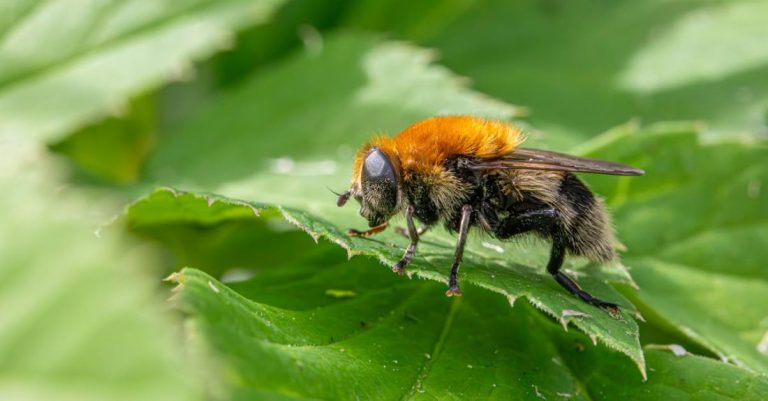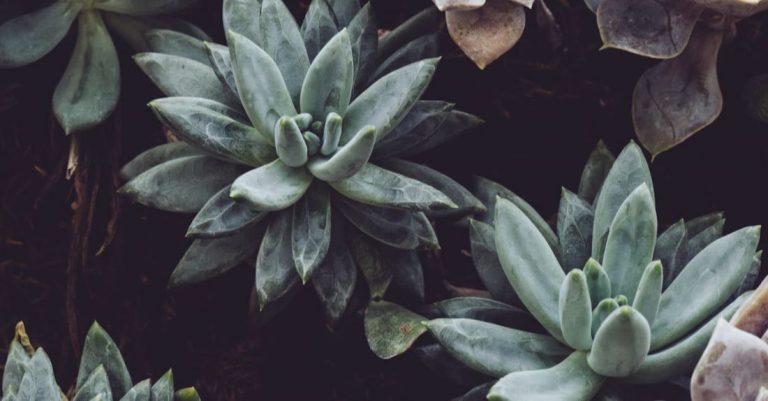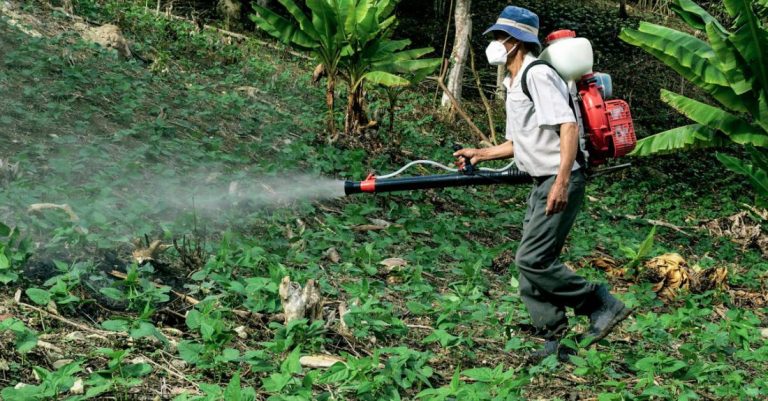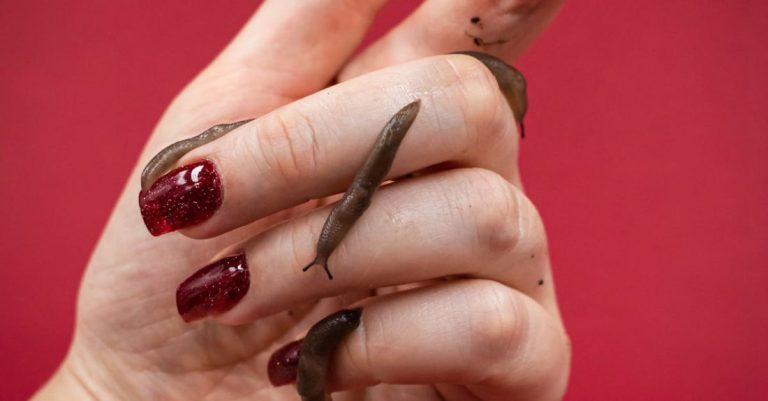
Rodents can wreak havoc on a garden, causing damage to plants, digging up bulbs, and creating unsightly holes in the lawn. Dealing with a rodent problem in your garden can be frustrating, but with the right approach, you can effectively manage the issue and protect your plants. Here are some practical tips to help you tackle a rodent infestation in your garden.
Identifying the Problem
The first step in dealing with a rodent problem in your garden is to identify the type of rodent you are dealing with. Common garden rodents include mice, rats, voles, and squirrels. Each type of rodent may require a different approach to control and prevention, so it is essential to accurately identify the culprit before taking action.
Signs of a rodent infestation in your garden may include chewed plants, gnaw marks on trees or structures, droppings, burrows, and tracks in the soil. By recognizing these signs, you can determine the extent of the infestation and develop an appropriate plan to address the issue.
Preventative Measures
Preventing rodents from entering your garden in the first place is key to managing a rodent problem. Start by removing potential food sources such as bird feeders and fallen fruit. Keep compost piles covered and secure garbage cans to prevent easy access to food.
Sealing off entry points is another effective way to prevent rodents from entering your garden. Inspect your garden for gaps in fences, walls, and other structures that rodents could use to gain access. Use wire mesh or hardware cloth to seal off any openings and prevent rodents from getting in.
Natural Predators
Introducing natural predators to your garden can help control rodent populations in a safe and environmentally friendly way. Predators such as cats, owls, and snakes can help keep rodent numbers in check by preying on them. Consider attracting these natural predators to your garden by providing shelter, food, and nesting sites.
Traps and Baits
Traps and baits can be effective tools for controlling rodent populations in your garden. Live traps can be used to capture rodents without harming them, allowing you to release them elsewhere. Place traps along known rodent pathways or near areas of damage to increase your chances of catching them.
Baits are another option for controlling rodents, but it is essential to use them carefully to avoid harm to other wildlife or pets. Place baits in secure bait stations to prevent accidental ingestion by non-target animals. Follow all instructions carefully and regularly check and replace baits as needed.
Regular Monitoring
Monitoring your garden regularly is essential for detecting and addressing rodent problems early. Keep an eye out for signs of rodent activity such as chewed plants, droppings, or burrows. By catching the issue early, you can take swift action to prevent further damage and control the infestation before it gets out of hand.
Conclusion – Maintaining a Rodent-Free Garden
Dealing with a rodent problem in your garden requires vigilance and proactive measures to prevent and control infestations. By identifying the type of rodent, implementing preventative measures, attracting natural predators, using traps and baits, and regularly monitoring your garden, you can effectively manage rodent populations and protect your plants. With these strategies in place, you can enjoy a rodent-free garden and cultivate a healthy and thriving outdoor space.





